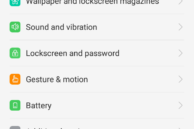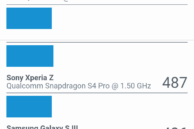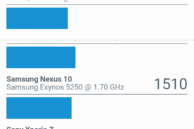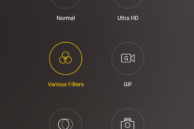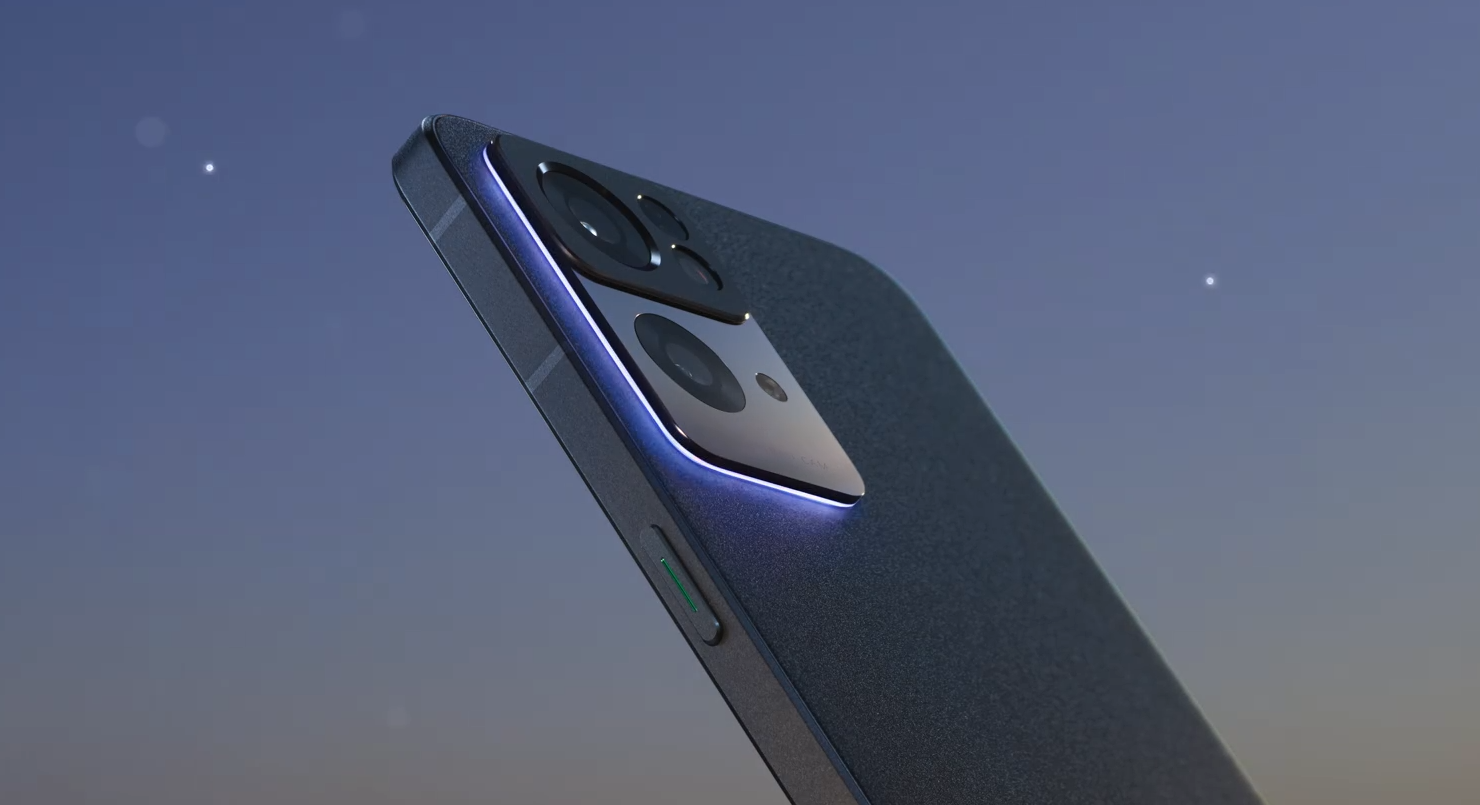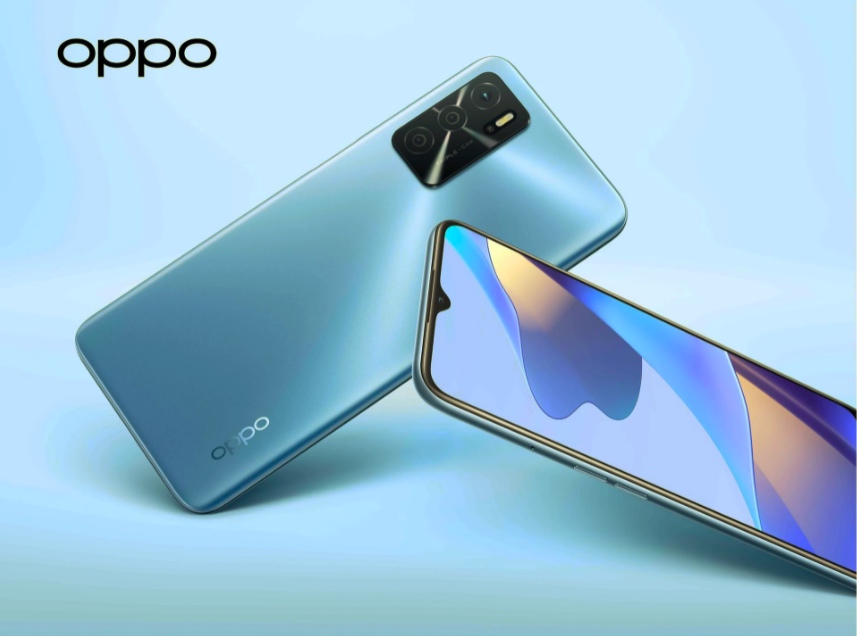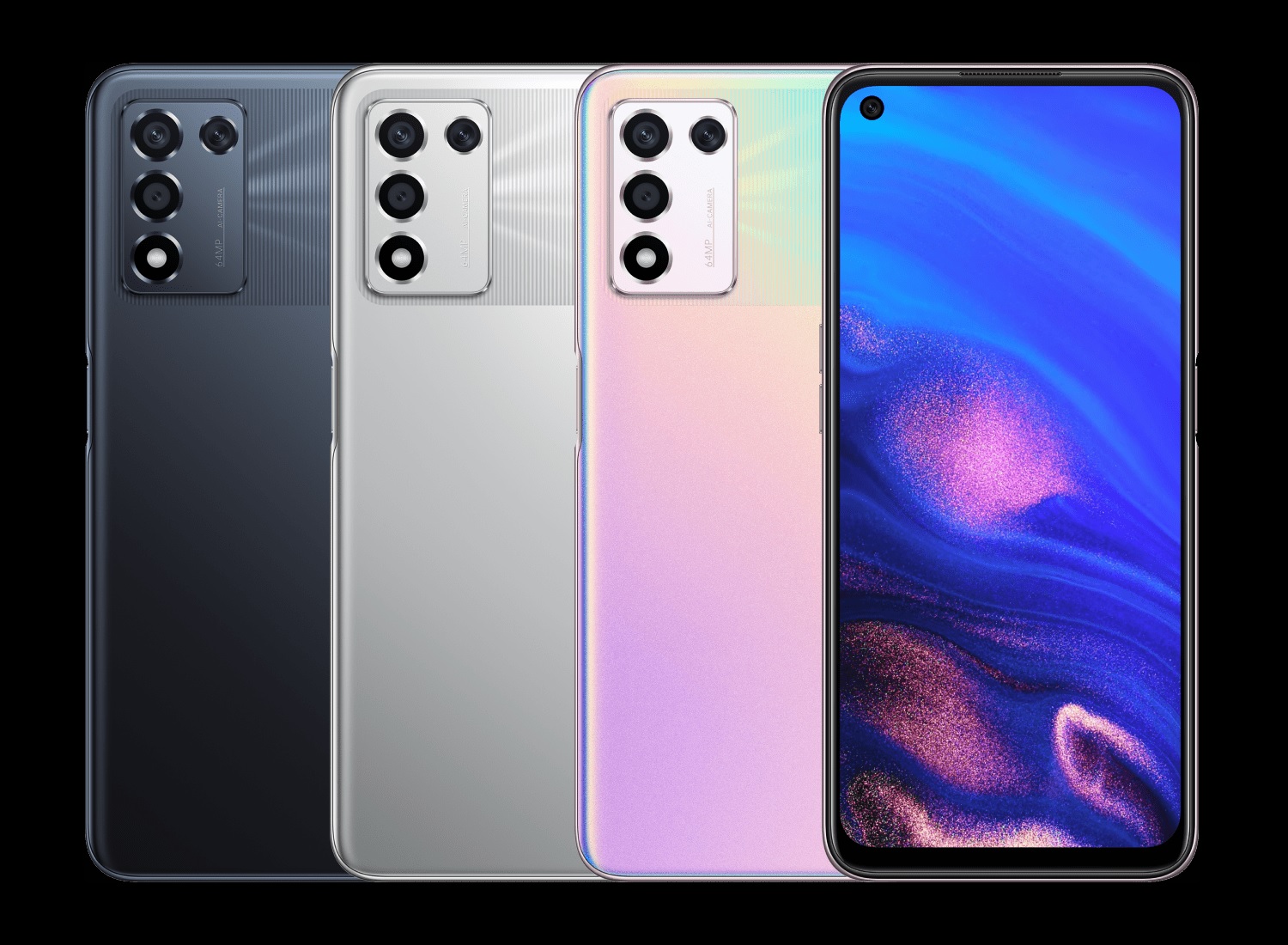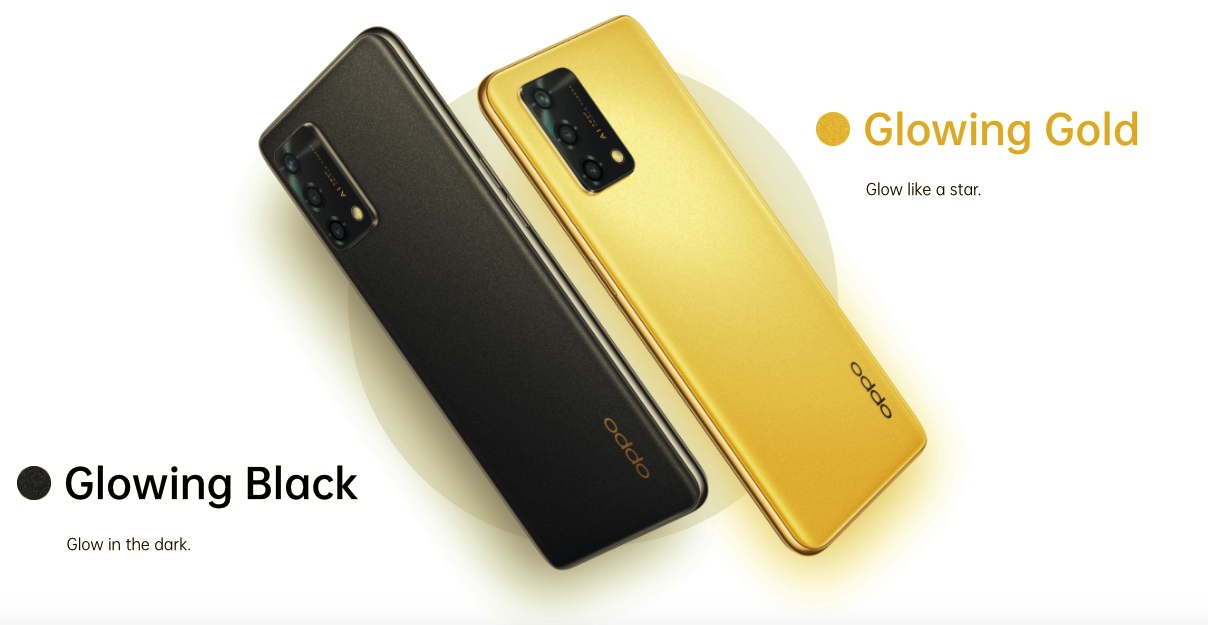
As far as smartphone reviews go, there is rarely a time when one finds a device so perfectly designed to meet its market that its flaws, though annoying, seem too trivial a matter. The Oppo A37, is not that device, but it does come dangerously close to being it. The device might not be perfect, it even lacks a full HD screen, but it kind of grows on you, eventually.
The Oppo A37, though oddly named, is not a high end device, and neither does its price, of S$289 (USD 212) without a contract, reflect so. The device thus, makes only one promise, that of delivering robust performance with little to no nonsense features. It has just enough to make the device usable and friendly, but not too much that it over promises and over delivers. Somewhat like Inspector Gordon in The Dark Knight, where he makes just enough of a presence to be important and does not try and over deliver but ends up leaving everyone with a slight smile when we see he is alive and well.

As I have said before in my review of the Oppo R9, the key to the success of Oppo lies in its ability to deliver a low price point for devices that allows them to fulfil the objective they set about to achieve to begin with. The A37 manages to take pretty good selfies, has a surprisingly decent chipset that manages to handle most tasks that are required for day to day usage. This might not be the device that you would be able to use for VR gaming and it is not packed with next-generation technology, but it gives you a platform that lets you do the basic things: stay in touch with people through email, SMS and calls, use the device for basic gaming and video watching, and surf and post on social media and the internet in general.
Specifications of Oppo A37
|
OS |
ColorOS V3.0.0i (based on Android 5.1) |
|
Platform |
Snapdragon 410 (Quad-core 1.2GHz) |
|
Bands |
GSM:850/900/1800/1900 WCDMA:850/900/1900/2100 FDD-LTE: B1/3/5/7/8 TD-LTE: B41 |
|
Data Connectivity |
LTE: DL 150Mbps/ UL 50Mbps HSPA+: DL 42.2Mbps/ UL 11.5Mbps Wi-Fi 802.11 b/g/n with dual band Wi-Fi Wi-Fi Direct, Wi-Fi Display, DLNA, BT 4.0 LE, VPN, WIFI Hotspot, BT Hotspot |
|
Dimensions |
143.1X71X7.68 mm |
|
Weight |
136g (with battery) |
|
Colour |
Gold, Rose Gold |
|
Display/TP |
1280*720, 5.0-inch, AMOLED; 294PPI
|
|
Camera |
5.0MP Front Facing; f/2.2 Aperture 8.0MP Rear AF LED Flash; f/2.2 Aperture |
|
Memory |
ROM 16GB + RAM 2GB |
|
SIM Card |
Dual SIM – Nano Sim |
|
Battery |
2630mAh |
|
Connectors |
Micro-USB, 3.5mm Audio Jack |
|
Multimedia |
Video Player/Recorder, Audio Player |
|
Others |
GPS, G-Sensor, E-Compass Light & Proximity Sensor Gyroscope |
Design
The design team for the Oppo A37 must have been the same one that worked on the R9, the phone is available in similar colour offerings and is available in rose gold as well as gold. The rear of the A37 looks like a mini version of the R9 and it has the similar importance given to the camera’s of the device.

With so much focus on being a simpler, more marketable version of the R9, the device does have pretty deep shoes to fill in terms of marketing based expectations. In reality, the not so spectacular nature of the R9 lets the Oppo A37 beat the expectations one has for it.
With the side bezel of this Oppo A37 tapered just slightly, it is just as easy to grip and play with. Though it has a small screen (5-inches) to boot, the device has just enough pixels to let you enjoy a decent 720p video.
Surprisingly, the A37 is not too light, at 136g, it is just a whisker under the 143g of an iPhone 6s, however it does not feel too heavy when held. It feels sturdy enough without giving it a brick like sensation and is well meaning in its design.
Though, like the R9 the Oppo A37 has a screen that feels like it sits atop the bezel, it does come packaged with a glass screen protector and a clear cover that makes up for what is Oppo’s signature screen design. At first, this might seem stark and unfinished a product as a result of the design, but it does grow on you over time.

The headphone jack is at the top of the device for the Oppo A37, and this design allows there to be enough space to accommodate 2 speaker grills at the bottom, though only one of them houses the actual speaker.

The device gives the fingerprint reader that is now commonly found on handphones a skip, but that’s for the better in my honest opinion. Simply put, as a low-end device a feature like a fingerprint scanner for added security makes little sense as it would drastically increase the cost of the device itself.

The camera barely protrudes a millimetre from the back of the Oppo A37, however, this is so minor that you will most probably forget about it, and most definitely never notice it. Since the R9 has a similar design, it is safe to say that this would be a design aspect that is carried forward with Oppo devices and something that is tantamount to a signature look.
Display
Just like the older sibling, the A37 has the same ColourOS 3.0 UI that powers the device. This might come as a surprise since a lower end device would have some features that would be either turned off or not supported, however that is not the case here. Oppo has not cut corners or offered fewer options in the user interface.

The 5.0″ HD display on the device also supports the Eye protection mode that first originated on the Apple iOS. This mode filters out the amount of ‘blue light’ emitted by the screen pixels, in doing so it assists in allowing you to sleep earlier. There is a more rigorous scientific explanation to this phenomenon that has to do with the eye muscles, you can read more about it on Wikipedia.

Though the device supports only up to 720p viewing, most videos on YouTube are better viewed at this ratio, the 16M AMOLED screen on the A37 gives you a decent video output. With the colours appearing bright enough and not very saturated. The screen might be no match for flagship devices, nonetheless, it performs up to expectation.
The bezels on the device aren’t exactly thin, but they don’t take up that much space that it becomes an eyesore. That being said, the phone should survive a drop test, again Oppo has not given us permission to savagely destroy the phone, if not we would have something more concrete.
Though the pixel resolution and density is lower than flagship devices, or what the modern generation is accustomed to, as countless times, the price point of the device matches the offerings, and the screen is not excluded from that statement.
Software
As mentioned, the device runs on ColourOS 3.0 that is based on the Android 5.1 platform, but the navigation is vastly similar to that of an iPhone 6s. The software, being the latest offering by Oppo and having already undergone revisions to improve it, is bug-free from day one and did not pose much of an issue or challenge to navigate through. Though not instantaneous, for the low cost of the A37, the response time is adequate with a minor lag present.
- iPhone based UI without an app drawer
- Applications are on second page
- Theme options
- Themes for the Keyboard
- Settings menu is similar to iOS
Though they have removed some of the kinks that were present on the older revisions of the UI, the interface still lacks in one aspect — it does not come across as uniquely Oppo as there are many elements that seem heavily inspired by Apple’s iOS.
Customisation options found in the Oppo theme store are still found in abundance. Not that we were keeping track, but it seems new themes have been added since the R9 was available. Again, though themes help add the customisation and personalisation touch to the A37, the thing that truly helps Oppo stand out as a company is the lack of bloatware. This makes the phone ‘feel more Android’ so as to say and feels more in line with Google’s mission of having a personalised software on pre-fixed hardware.
Performance
The Oppo A37 comes with 2GB or RAM which powers a Snapdragon 410 Quad-core processor. These two together do seem a tad bit underpowered for the phone, with slight lag present even when switching from one screen to another. Using heavy apps, however, shows significant performance dips with lags, slow response time and overheating evident as the chipset tries its best to push out the power required.
Running the processor through Geekbench 3 shows performance results that are on par with a Samsung Galaxy S3, which is far outdated and definitely a concern for Oppo in the long run. This is because low-end devices are generally not changed every few months, their target users require a device that has yesterday’s technology that can last until tomorrow, and given the low performance of the device, that tomorrow might approach fast as phone technology improves by leaps and bounds.
- Single Core
- Multi-Core
The poor performance output from the chipset and the disappointing gaming experience does leave a sour taste on the tongue, however, the phone does manage to get the basic job done with no problems, so overall it achieves what it set out to. Only concern being that it would become obsolete in a much shorter time span than most budget devices.
Camera
The Oppo A37 is a mini-me version of the selfie focused R9 and just like that device it shares a similar affinity for the camera and its related beauty mode. Its rear camera has the better specs with 8MP while the front chimes in at 5MP. Both the camera’s have the same f/2.2 aperture and thus allow for good quality images. This might be contrary to the R9 set-up where the front camera has more megapixels, nonetheless, the UI and options afforded on both devices are the same.
The only defining point about the camera would be the picture quality — an area where the R9 failed miserably, however the A37 does deliver. Now before you get confused, the reason the Oppo A37 delivers is not because the image quality is better than the Oppo R9 — quite the opposite actually, but because for its standard it does a decent job.
- Without Beauty Mode
- With Beauty Mode
The Beauty Mode on the A37 still has its drawbacks especially for the selfie camera, with the image sharing more traits with a water colour painting and less with reality and there being an absence of the HDR mode. This might seem a moot point, but if that will remain Oppo’s standard for all its devices, it defeats the idea of enhancing the beauty and aligns it closer to painting an image, not something that a phone camera is generally utilised for.

Oppo A37 Normal
- Oppo A37 HDR mode
- Oppo A37 Ultra HD mode
The rear camera, though imbued with 8.0MP and an HDR mode, still does not feel as though it is achieving its full potential. Yes, mobile phone camera’s have come a long way since VGA cams were first introduced, however, the camera quality for some reason just feel underwhelming.
- Various Filters and Patterns
- With Filter and Pattern
- With Filter
- Different camera modes
The device takes good shots under low light and other varying conditions, but it does not perform up to the mark. The images still look partially grainy and not completely within focus. The Fill Light, RAW and Expert modes, though present, do little to assist in improving the image quality of the Oppo A37. Oppo has made significant improvements to the UI and interface since it first entered the market, but it needs to have the camera’s of the device on-par in terms of performance or they will loose out drastically.
- Regular Shot
- With HDR
- Clarity on close-up shots with HDR
Battery Life
Battery life is an area that Oppo has shown considerable strength in. With the R9 far exceeding the expectations that were set for it, and the A37, in a similar fashion, manages to score really well. A typical day’s use of the battery will not leave you seeing red at the end of the day, that is for sure. It manages to average slightly over a day’s worth of charge, and eliminates the need to carry a power bank everywhere you go.
On the other hand, the device comes pre-packaged with the VOOC flash charger and fast charge technology. The A37 can go from 0-70% in a matter of 30 mins and this is by no means an easy feat. The low-end chipset and display also seem to work wonders for extending the battery life of the device. All in all, it has a solid battery and Oppo should continue its endeavour in this arena.

I know I am repeating myself, but the inclusion of the VOOC charger in the device’s packaging makes this device a pleasure to have in some ways. Such chargers are usually reserved for high-end devices though they might work with lower end phones, manufacturers expect customers to pay a premium for the same. This is not the case for Oppo with the manufacturer pushing technology through to low-end devices instead of making the consumer to pay extra for what is essentially better technology.
Conclusion
Once again Oppo has presented us with a device that is functional, to the point and performs just as expected. Yes, the A37 might not come right on top of things, heck it might not even meet mid-range standards, but it is a workhorse. It does deliver the basic needs that allow you to stay connected and relevant. In other words, it is filled with outdated technology but is not yet obsolete.
For the TL;DR version of what the Oppo A37 has to offer:
- Pros
- Relatively light but definitely robust design
- Oppo’s latest UI and all relevant features of flagship devices
- Fast charging that can last more than a day
- Expandable memory
- Cons
- Poor image quality from both camera’s
- Lack of water or dust proofing and fingerprint scanner
- Processor seems to struggle under heavy load
- Lack of a full HD screen
The pros do outweigh the con’s for this device, but as I mentioned at the start, there is very rarely a device that does exactly what it is meant to, and this is one of it. Do let us know if you feel the same.




